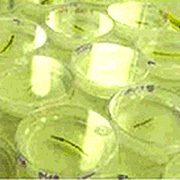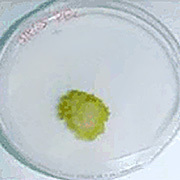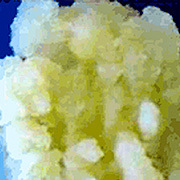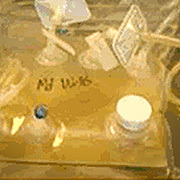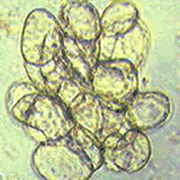What is PhytoCellTec™?
Mibelle Biochemistry's motto – “inspired by nature – realized by science” – is the guiding principle behind its new approach to combining nature and science through a technique to extract raw materials from plants.
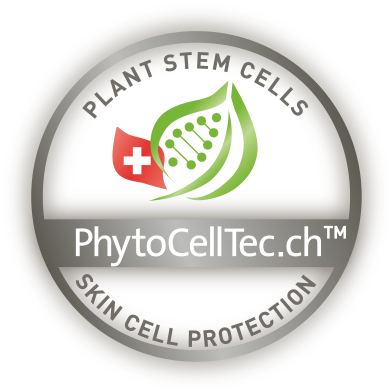
The origins of PhytoCellTec™?
Every plant has stem cells. But unlike in humans, every plant cell has the potential to dedifferentiate to a stem cell and to grow into an entirely new, full plant. PhytoCellTec™ is the name of a new biotechnology that researchers from Mibelle Biochemistry have used successfully to generate and cultivate plant stem cells. With this technology, the growth of callus cells (wound tissue) in selected plant tissue is induced under special conditions. These callus cells are undifferentiated plant cells, in other words, stem cells. The second step involves further cultivating these stem cells in specially developed bioreactors to obtain sufficient plant stem cells.
Mibelle Biochemistry has a patent on the application of plant stem cells to skin stem cells. The topical use of PhytoCellTec™ Malus Domestica is patented in the USA, in Switzerland, Europe and in Korea.
Sustainability
Often, rare and nearly-extinct plants, classified as endangered species, contain especially valuable ingredients but may not be harvested for use in cosmetics. Thanks to the innovative PhytoCellTec™ technology, it is now possible to use even these components for cosmetics. Only a very small amount of plant material is needed to produce large quantities of high-quality active ingredients, thus PhytoCellTecTM is a highly sustainable technology.
How plant stem cells are produced
